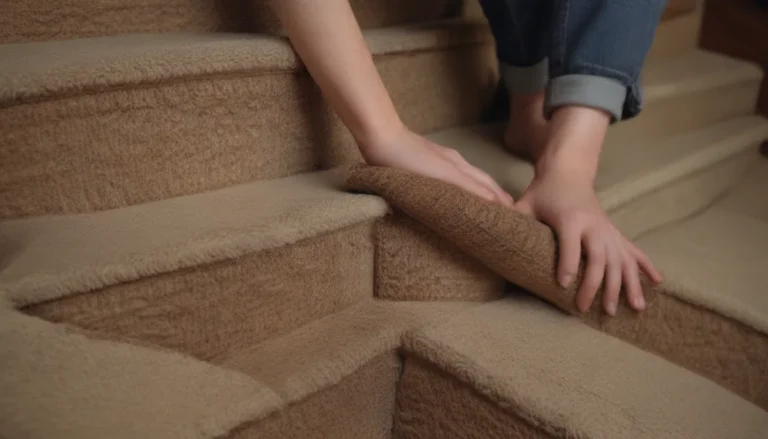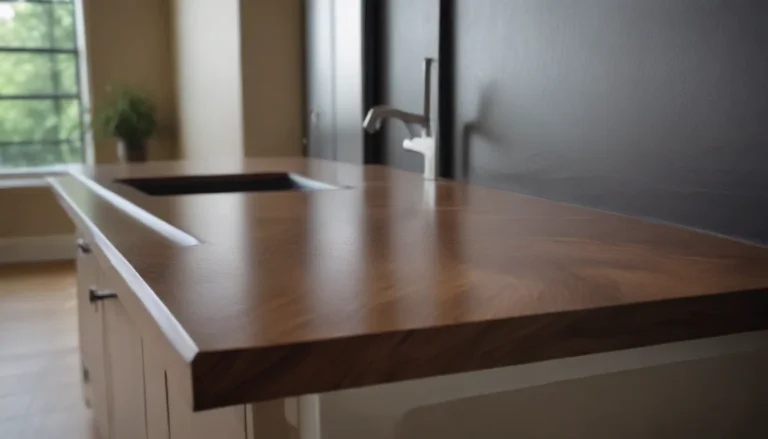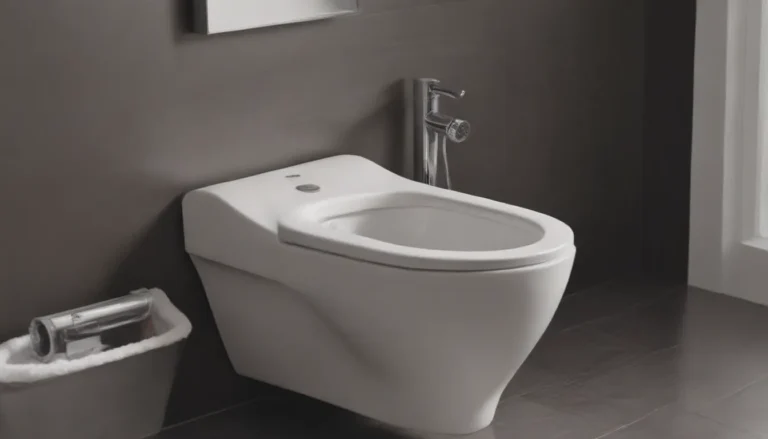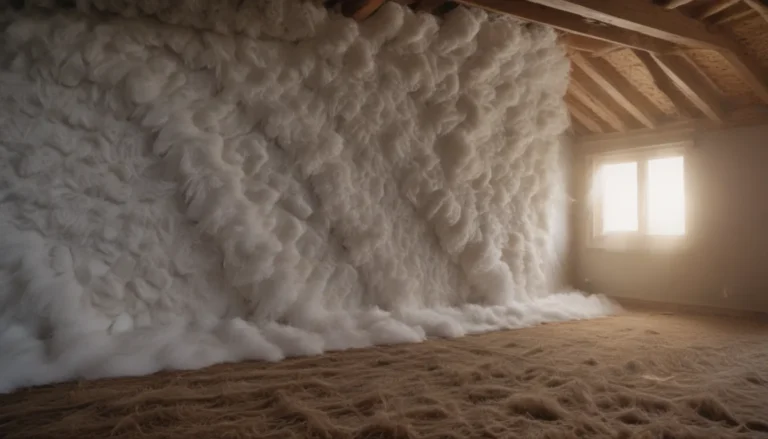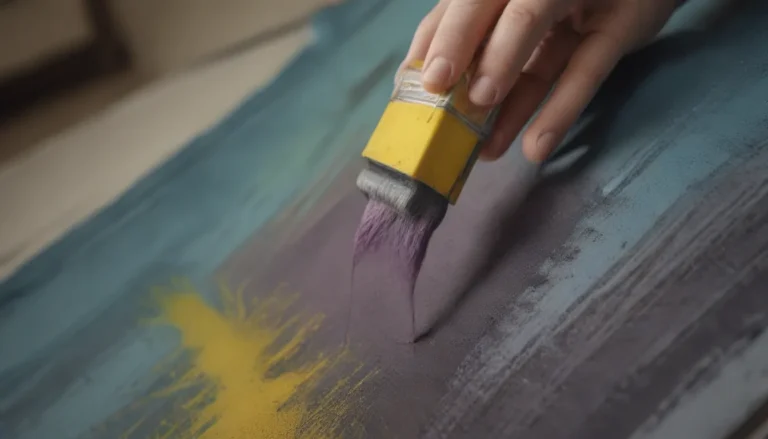Understanding Insulation Paint: Everything You Need to Know

Are you looking to improve the energy efficiency of your home without the hassle of traditional insulation methods? Insulation paint may be the solution you’ve been searching for. In this article, we will dive deep into the world of insulation paint to help you understand what it is, how it works, and whether it’s a viable option for your home.
What Is Insulation Paint?
Insulation paint is a unique type of paint that contains microscopic hollow ceramic and glass spheres, also known as microspheres. These microspheres are designed to resist thermal conduction, making the paint itself act as a form of insulation. Unlike traditional paint that simply covers surfaces, insulation paint creates a barrier that helps to reduce heat transfer.
According to Thermtest Instruments, laboratory tests have shown that insulation paint has over 12 times more insulating properties than regular paint. Surfaces painted with insulation paint can lose 16% less heat compared to those painted with regular paint. This makes insulation paint a promising option for improving the thermal efficiency of your home.
How Does Insulation Paint Work?
Insulation paint works by creating a thin vacuum layer on the surface it is applied to. This vacuum layer, formed by microscopic ceramic beads within the paint, acts as a barrier against heat or cold transfer. Just like the vacuum layer found in double-paned windows, this barrier slows down the movement of heat or cold, helping to maintain a more stable temperature inside your home.
Companies like Hy-Tech tout the effectiveness of their ceramic-based insulation paint, which utilizes these tiny ceramic beads to create a powerful insulating barrier. By applying multiple coats of insulation paint, you can enhance the thermal resistance of your walls and ceilings, potentially reducing the amount of energy needed to heat or cool your home.
Types of Insulating Paints
There are several brands of insulating paints available on the market, each with its own unique formula and application method. Some of the prominent options include:
- Nansulate
- Insuladd
- Hy-Tech
These insulation paints can be applied directly to interior walls or mixed with existing paint to enhance its insulating properties. Multiple coats are typically recommended to maximize the effectiveness of the insulation paint.
How Effective Is Insulation Paint?
The effectiveness of insulation paint is a topic of debate among manufacturers and researchers. While some companies claim significant reductions in heat transfer, others suggest that the cost of insulation paint may not always justify the energy savings achieved.
Hy-Tech, for example, conducted tests comparing the insulating properties of their additive with a 1-inch thick layer of insulation. They found that both methods hindered heat transfer by 35%, showcasing the potential of insulation paint in improving thermal efficiency.
However, it’s essential to note that insulation paint should not be seen as a replacement for traditional insulation materials like fiberglass or foam. While it can complement existing insulation efforts, insulation paint alone may not provide substantial energy savings.
How to Use Insulation Paint
Applying insulation paint is a straightforward process that can be done by most DIY enthusiasts. Here’s a basic guide on how to use insulation paint effectively:
- Preparation: Ensure the surface to be painted is clean and dry.
- Application: Pour the insulation paint into a paint tray and use a medium-nap roller cover to apply the paint evenly.
- Coats: Apply two or more coats of insulation paint for optimal results.
- Cleanup: Wash up with warm water and mild soap after painting.
In addition to pre-mixed insulation paint, there are also solid additives available that can be mixed with latex paint to enhance its insulating properties. However, these additives come at an additional cost and may not always provide a significant return on investment in terms of energy savings.
Conclusion: Is Insulation Paint Right for You?
While insulation paint can offer some benefits in terms of thermal efficiency, it may not be the most cost-effective solution for all homeowners. The U.S. Environmental Protection Agency (EPA) does not recommend insulation paint as a replacement for traditional insulation materials.
If you’re looking to improve the energy efficiency of your home, consider using insulation paint in conjunction with other insulation methods like fiberglass, foam, or mineral wool. By combining these approaches, you can create a more effective thermal barrier that reduces heat transfer and lowers your energy costs.
In conclusion, insulation paint can be a valuable tool in your quest for a more energy-efficient home. Take the time to research different brands, evaluate your specific insulation needs, and determine whether insulation paint is the right choice for you. With the right approach, you can enhance the comfort and efficiency of your living space while potentially saving on energy expenses.
